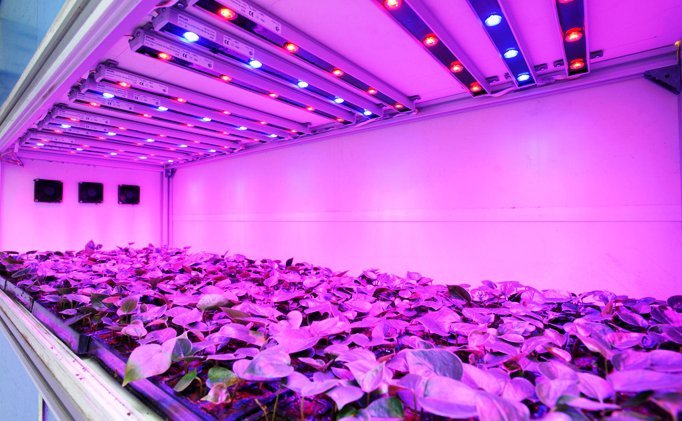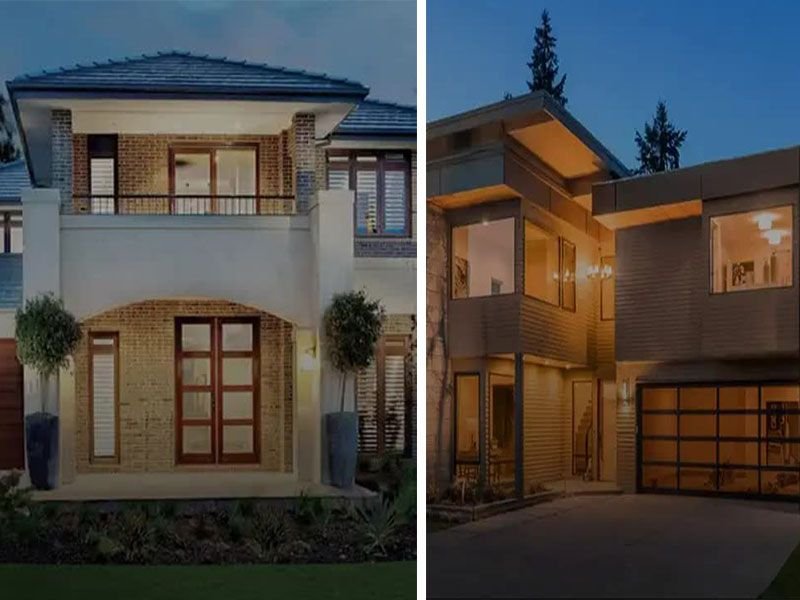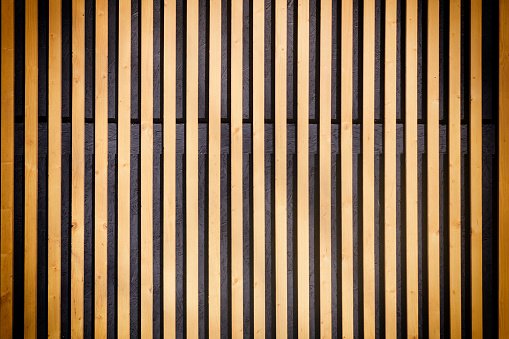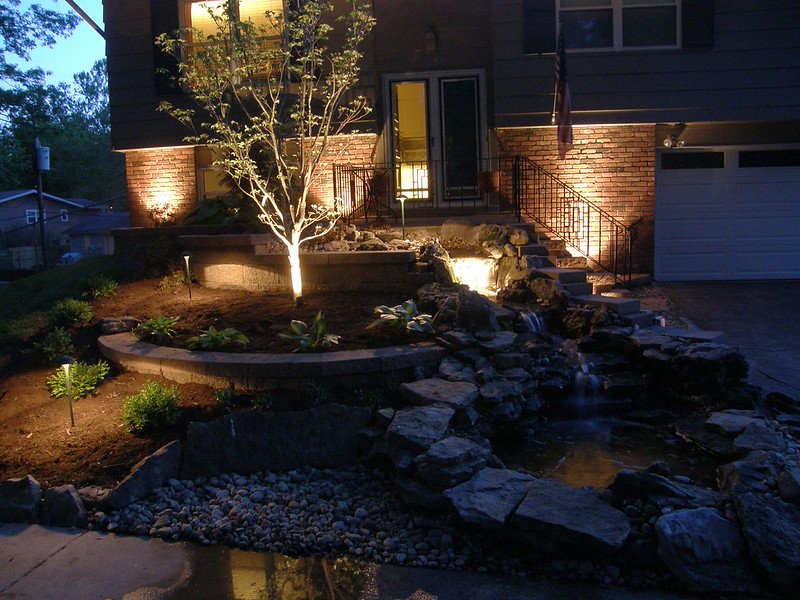Using LED grow lights in your indoor garden has many benefits, but choosing the right one often proves to be quite challenging. For modern grow spaces, LED grow lights are revolutionizing the way experts grow plants, enabling both commercial and small scale enthusiasts to achieve optimal environmental efficiency with less effort.
These lights surely bring many benefits including adjustable wavelength, durability, compactness, energy efficiency and low heat output. These days, there are various models available on the market, with numerous choices in brands. If you start off with the wrong set of lights, your indoor grown plants will never have the chance to grow to their full potential. So make sure that you carry out a thorough research and learn about the lights before you choose one. Here are some important things you need to look for when making your choice.
1. Electricity Consumption and Output
LED grow lights need to operate for at least 12 hours in a day. Hence, you should always check how much wattage the light is actually using. The nominal wattage may be different from the actual power draw wattage. The reason for this is that the nominal wattage is a summation of the amount of diodes at their full capacity. However, diodes are never operated at 100% capacity, to avoid thermal breakdown so the actual power draw will be about 60% of the nominal wattage.
LED grow lights are famous for their energy saving qualities, saving as much as 50% of monthly energy costs. This means you should expect less amount of money on your next monthly bill.
2. Build and Quality of Material
One of the best things about LED lighting is their durability. Look for a company who has been in business for several years such as Dorm Grow LED. The warranty will not mean anything if the company is not around to service it, so be sure your company has a solid record and a good reputation for customer service. It is also best to look for lights that abide with the highest standards in the industry, using only components that are high in quality.
3. Low Heat Output
One of the main advantages of LED grow lights is their low heat output. Although LED grow lights do give off some heat, the heat signature is 90% less than an equivalent HP bulb. When lights with low heat output are in constant proximity to plants, this guarantees that there won’t be any heat damage. Furthermore, the LED grow light can be placed at a closer distance to the plants.
In addition, if you end up choosing a light with higher heat output, this will burn out the light quickly and need replacing. Well-balanced and low heat output LED lights to use up less energy as heat and have heat sinks on them to dissipate any heat. Nevertheless, letting heat build up in the grow room is never good for the plants or the lights as it can lead to shorter lifespan of the diodes.
4. Grow Space
The availability of space is also an important factor to consider before purchasing LED lighting as it determines the number and size of lights you will need. The first thing you will need to do is to measure the exact size of your indoor grow space. Then, you need to find the correct lights required to cover that grow area adequately.
As a general guideline, most indoor growers use at least 20 watts of the power (power draw in watts) per square foot for plants that flower and fruit. For less complicated plants suck as lettuce greens, 12-15 watt of power per square foot is sufficient.
5. Flexibility and Easiness of Use
When you have LED grow lights, sometimes you will need to adjust the position of the lamps, based on the growth stage of the plants. When you use quality LED lamps, these are efficient but also easy to use and let you fine-tune the wavelengths with some little efforts. In addition, the light intensity and wavelengths should be optimized and fixed. Buy products that are easy to maintain, and ready for use straight from the packaging.
6. High-Quality Semi-Conductor Chip
When you choose a LED light, you should know that the semiconductor chip is the core of the lights and serves the purpose of converting electricity to light. However, it also has a part in determining the wavelength of the light. It is advisable to use a light with 3-watt diode chips as these are the ideal size for most indoor growing spaces.
The use of LED lights is becoming increasingly popular among growers due to their durability and high efficiency. Although selecting the right model may be daunting due to the different types available, if you follow these six criteria, it will help you to find a high quality Led grow light which will lead to indoor growing success.





